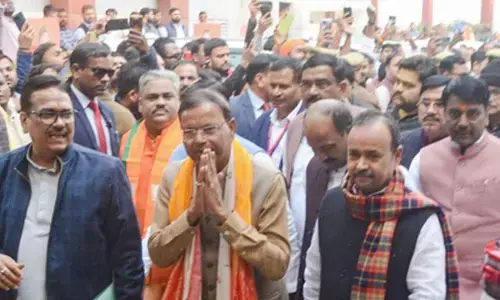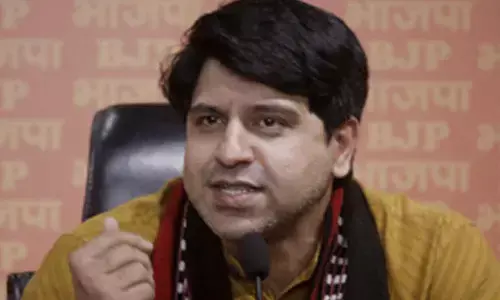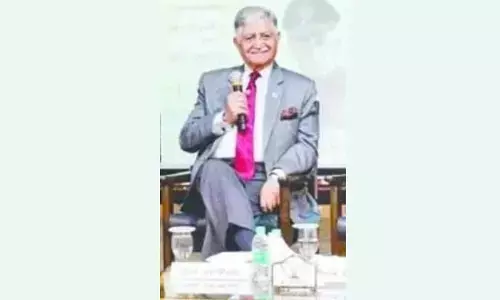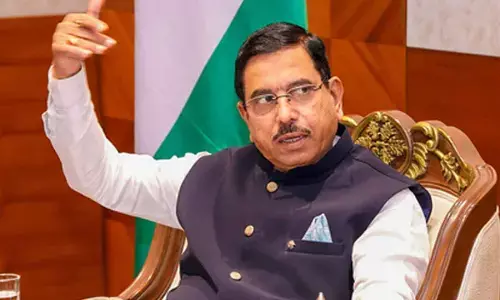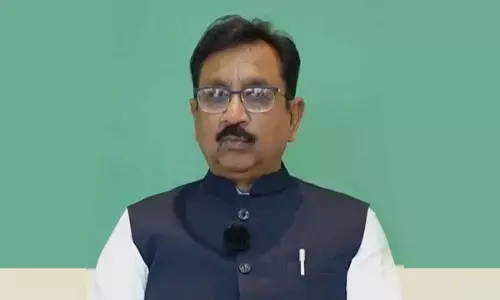Undiagnosed Anemia a grave danger to millions
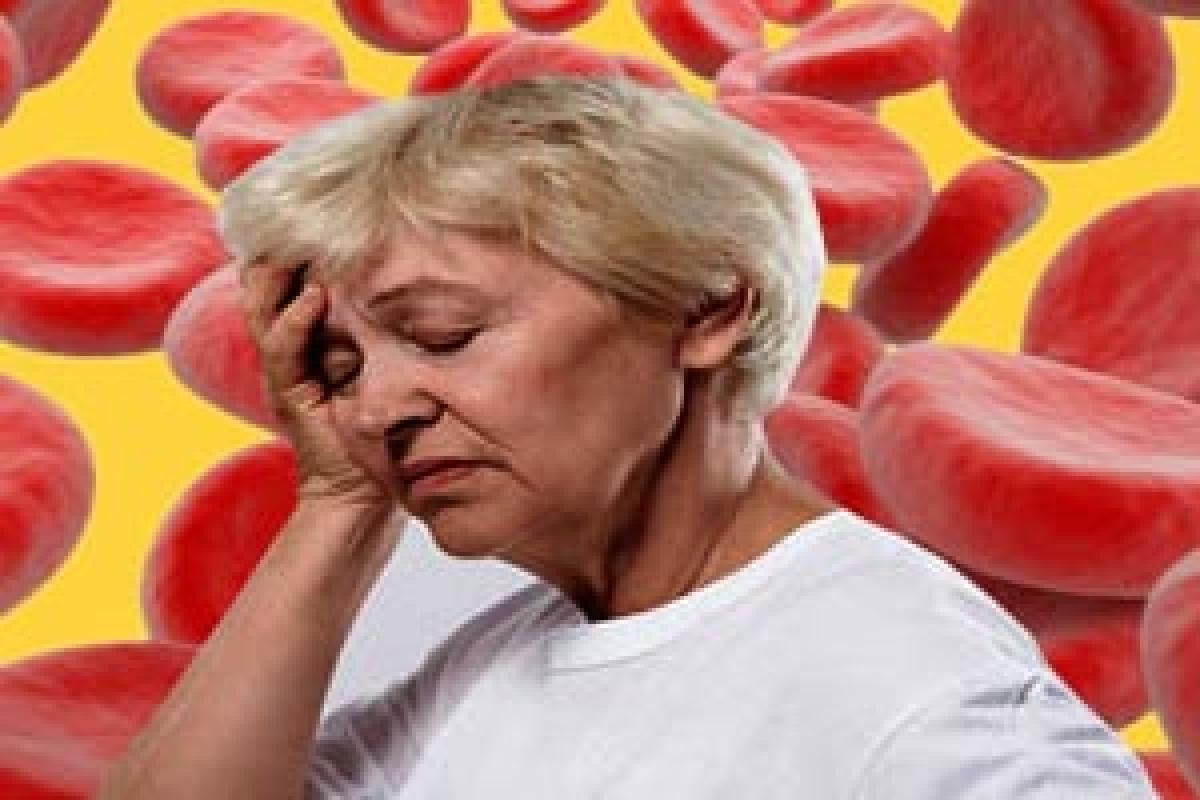
Despite high prevalence in the Indian community, cases of Iron Deficiency Anemia remain undiagnosed to a great extent.
The Micronutrient Survey conducted by the National Nutrition Monitoring Bureau (NNMB) suggests a 70 per cent prevalence of anemia among Indian preschool children, while District Level Household and Facility Survey (DLHS) and Indian Council of Medical Research (ICMR) surveys reveal that 70 per cent of pregnant women and adolescent girls are anaemic.2 With 50 per cent of children, adolescent girls and pregnant women from high-income families too affected, it seems to be a concern for people across social strata – the rich as well as the poor.
“Clearly, anemia is a silent but a serious public health threat. Most people are unaware of its spread among various strata of society. It is time to make easy, accurate and readily available on-the-spot (also referred to as Point of Care or POC) testing available so that we can offer effective treatment to patients in order to bring this burgeoning problem under control,” says Dr Hema Divakar, Federation of Obstetrics and Gynecological Societies of India (FOGSI) Ambassador to International Federation of Gynaecology & Obstetrics (FIGO) and Former FOGSI president.
Early and Accurate Diagnosis Can Save Lives
Despite high prevalence in the Indian community, cases of Iron Deficiency Anemia remain undiagnosed to a great extent. The worst part is that if left untreated, anemia can further lead to serious problems, including impairment of cellular responses and immune functions, which in turn increases the patient’s vulnerability to infections. In addition, anemia is also known to have a negative effect on physical work capacity and cognition among young adolescent girls going through pubertal development.
“Superior outcomes in healthcare in India will be better achieved with innovations in health practices and products, and I urge private sector to give priority to innovations and best practices,” Shri J P Nadda, Union Minister of Health and Family Welfare.Diagnosing anemia early requires that detection methods employed are fast, accurate, reliable and easy to use.
Although the methods being employed currently have been in use for a long time, selection of wrong method may lead to inaccuracy in diagnosing anemia, leaving the patient untreated. Moreover, manual collation of data associated with these methods takes months and is error-prone, which in turn means that anemia management policies often have to be based on either insufficient or unreliable data.
“It is important that awareness regarding anemia is spread among vulnerable populations. This will help in early detection, enabling timely treatment, leading to favorable medical outcomes,” says Prof Chandrakant Pandav, HOD - Centre for Community Medicine, AIIMS, New Delhi.
Nutrition officer, Unicef, Anuja Bhargava stated that prevalence of anemia among teenage girls is more serious issue than it appears. "It not only affects the woman per say, it affects the entire population because it serves as the base for inter-generation transfer of bad health."
Explaining more Anuja said, "An anemic mother risks her life in child birth. And the baby born has no iron stores in the body and is therefore sure to develop the problem in the near future. Such a baby grows into a malnourished and intellectually weak individual," she explained.
It is quite clear now that in order to diagnose anemia and in order to make early crucial decisions related to managing anemia in patients and to monitor response to therapy, haemoglobin measurement remains the prime focus.
It is time to introduce fast, reliable, accurate and easy-to-use Hb systems connected with cloud-based solutions for anemia screening. This not only helps give accurate results within seconds but also automatically collates the data to be used for research and survey-based programmes.


